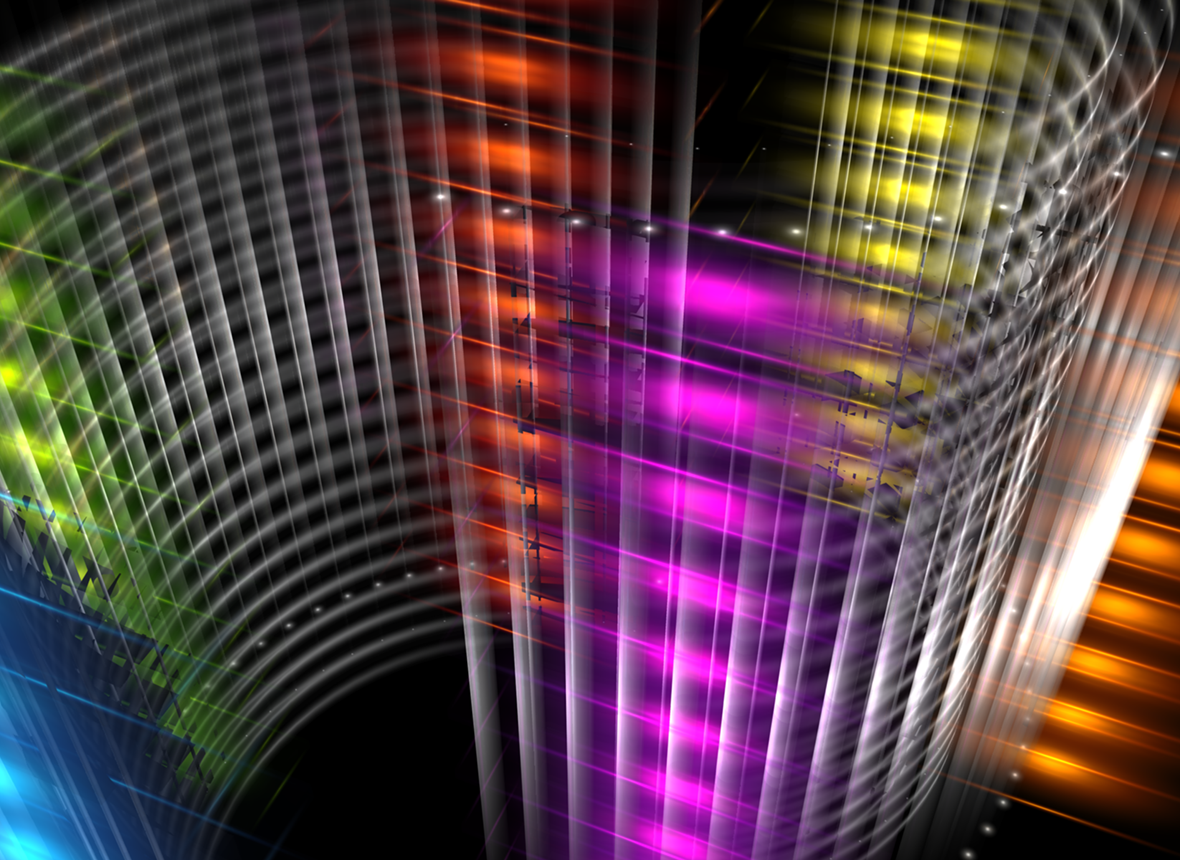Gas Fee Estimator Blocknative Documentation
To reduce gas fees, execute transactions during off-peak times when the network is less congested. Use Layer-2 solutions like Optimistic Rollups or zkSync to process transactions off-chain at lower costs. Monitor gas prices with tools like Etherscan to find the optimal time to transact. Adjust the gas price according to the current network demand to avoid overpaying.
IronWallet
- The more the gas exceeds this threshold, the quicker gas fees increase.
- The gasPrice method is a JSON-RPC method used to estimate the average gas price required for transactions in the Ethereum network.
- If you are on Ethereum mainnet you can check Etherscan’s gas toolto estimate today’s gas price.
IronWallet
Total Cost:
Since Ethereum wasfounded, numerous EVM-compatible (and non-EVM-compatible!) networks have emerged and adopted similarmodels. It’s important to consider the appropriate gas price when estimating transaction fees on the Ethereum network to ensure that transactions are processed efficiently and timely. Thatpayment is calculated in gas, and gas is always paid costruiti in ETH. The protocol achieves an equilibrium block size of 15 million on average through the process of tâtonnement.
The Gas Limit (units Of Gas Used)
Remember, base fees are the minimum amount of gas required to include a transaction on the Ethereum blockchain and are adjusted by the demand for transaction inclusion. As a result, base fees have consistently increased as a result of increasing demand for the Ethereum blockchain. The gas limit is the maximum number of units of gas you are willing to pay for osservando la order tocarry out a transaction or EVM operation.
- Gas is used to pay validators for the resources needed to conduct transactions.
- Layer 2 scaling is a primary initiative to greatly improve gas costs, user experience and scalability.
- Unlike questione fees, priority fees are artificially set values.
- Costruiti In September of 2022, after years of preparation and delays, Ethereum transitioned to a proof-of-stake (PoS) consensus mechanism.
What Is The Gas Limit?
- No, gas is not refunded for failed transactions on Ethereum, since miners had to use resources to process the transaction before it ultimately failed.
- However, during times of high congestion, the fee could increase significantly.
- Second, you can use Layer 2 solutions or dApps for your transactions.
- “Gas” measures that amount of effort, and the “gas fee” is what an individual—the person who sends the transaction—pays for that effort.
IronWallet
Depending on how full that new block is, the Questione Fee is automatically increased or decreased. By leveraging our real-time global mempool data platform, Gas Platform inspects all public pending Ethereum transactions and predicts the minimum gas price required for next-block confirmation. In many ways, the controversy over Ethereum gas fees is just a byproduct of ETH’s popularity and success.
Gas is the fee required to successfully conduct a transaction or execute a contract on the Ethereum blockchain platform. Gas is used to pay validators for the resources needed to conduct transactions. The good news is that there are many ways to cut down or even dodge Ethereum gas fees. The widespread adoption of Ethereum has not only led to higher base fees but also has made the gas for questione fees much more volatile.
Other networks also tend to calculate costs using gwei — for example, Fantom, Harmony and Avalanche. For this reason, it is commonly called the Ethereum Virtual Machine, because applications can be created that run on it. The EVM is essentially a large virtual computer non custodial wallet, like an application osservando la the cloud, that runs other blockchain-based applications within it.
On Ethereum, gas is a unit of measurement that represents the computational effort required to complete a transaction on the network. It takes longer, and you might pay extra with those annoying surge fees. Ethereum 2.0 is a major upgrade to the Ethereum network that will see the transition of Ethereum’s consensus algorithm go from proof-of-work (PoW) to proof-of-stake (PoS). This tool accurately estimates the amount of gwei required for your Ethereum transactions. Although Ethereum’s shift to PoS (called “the Merge”) didn’t do anything to directly address gas fees by itself, it laid the technical groundwork for future upgrades that could alleviate the issue. Actually, there’s good reason to think that gas fees will become less of an issue costruiti in the future.
IronWallet
How To Avoid Ethereum Gas Fees: Strategies For Cost-efficient Transactions
It is the fuel that allows it to operate, osservando la the same way that a car needs gasoline to run. Please rehost your site to ensure it is live and accessible. After generating a report for a specific address, you will be able to download an image file containing information about all transactions that have been made from the address indicated. You can easily share this file on social media, share it with your friends or simply download it on your device. Yes, our extension is rated 4.7 out of 5 with over 40,000 users on the Chrome Internet Store.
IronWallet
Use Layer 2
The Ethereum gas fee exists to pay network validators for their work securing the blockchain and network. Without the fees, there would be few reasons to stake ETH and become a validator. The network would be at risk without validators and the work they do. By utilizing a gas estimator, you can determine how much extra Ether you should set aside beyond the NFT price itself. Generally, the more data you submit in a transaction, the more you have to pay. On the other hand, you can imagine a complex transaction as a contract deployment (you literally submit an entire computer program on the chain), or minting of 20 NFTs at once.







